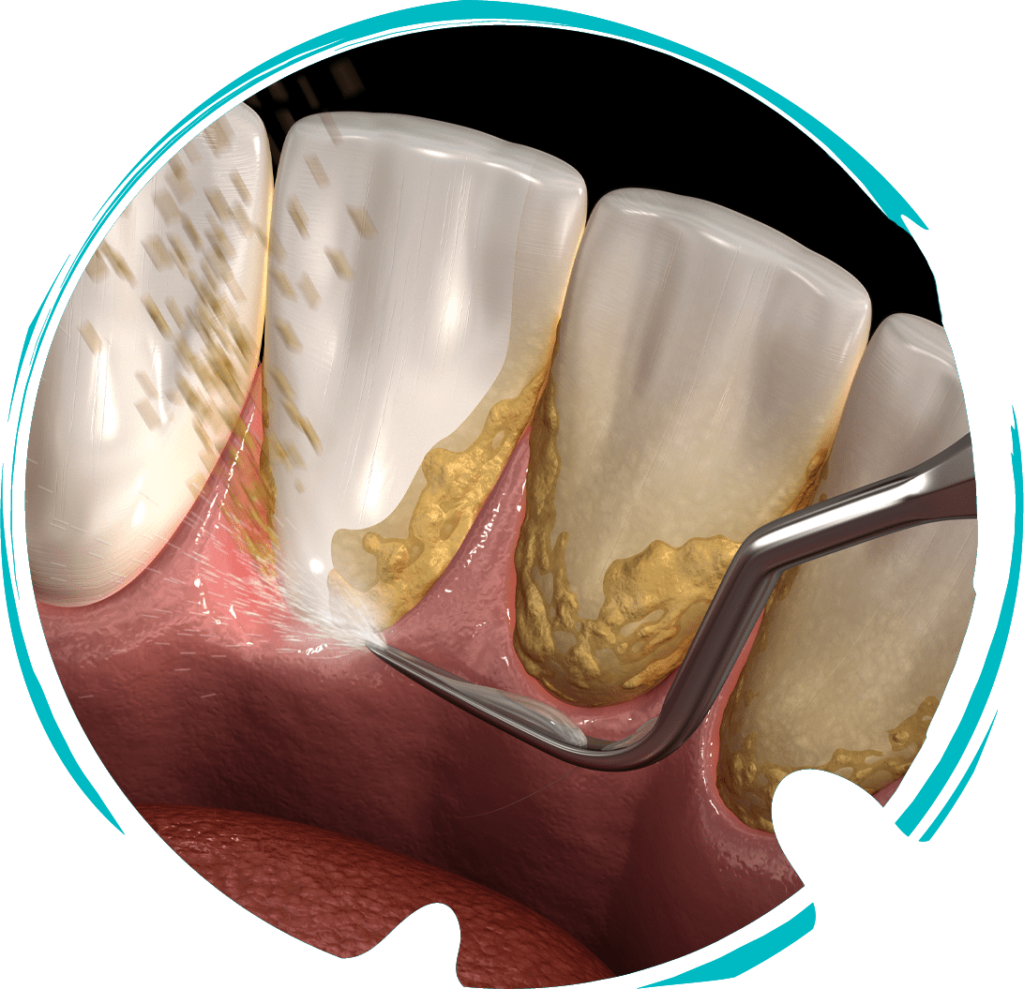

If needed, we may also administer antimicrobial agents within the periodontal pockets or prescribe oral antibiotics you’ll take for a few days to reduce the chances of infection progressing. This makes it more difficult for bacteria to become trapped in the grooves and helps healthy gum tissues reattach to the teeth. Laxmi Pandey SCALING :- It is the process by which biofilm and calculus are removed from both supragingival and subgingival tooth surface. Next, we will complete root planing where we smooth the rough spots on tooth roots. SCALINGANDROOT PLANING PRINCIPLES OF SCALING AND ROOT PLANING. The dentist will take X-rays, conduct visual examinations and make a. Removing this tartar reduces the presence of bacteria and can help halt the spread and progression of infection. Scaling and root planing treatments are only performed after a thorough mouth examination. During the procedure, we will first use a dental scaler to scrape away the tartar buildup on the exposed surface of each tooth and below the gumline within the periodontal pockets. This is not a surgical procedure, but depending on the case, may require multiple appointments and a local anesthetic to ensure your comfort. Scaling and root planing (SRP) aim to remove bacteria and infection from the soft tissues around the gums. The purpose of scaling and root planing is to fight bacteria and infection at the source-the periodontal pockets around your teeth. When caught early, at the first signs of gingivitis before oral structures have been damaged, we complete a procedure called scaling and root planing in East Lyme, CT that can effectively halt this dangerous progression and keep your mouth healthy long-term. As gum disease progresses, the bacteria and infection spread and irreversibly harm gum tissue, bone, and eventually teeth. The deepening periodontal pockets around the teeth will trap more plaque and bacteria in areas that can no longer be reached with brushing and flossing at home. A buildup of this calculus releases bacteria that infect the gums, causing them to become inflamed and pull away from the teeth. When teeth are not properly cleaned, the sticky plaque left on the teeth hardens into tartar. This is the first stage of gum disease, a progressive condition characterized by inflammation of the gum tissue from bacteria and infection below the gumline. If you’ve been noticing your gums bleed easily when you brush and floss or that they appear red and swollen, you may have gingivitis.


 0 kommentar(er)
0 kommentar(er)
